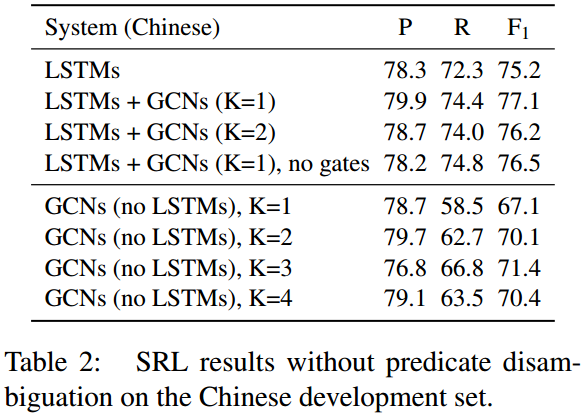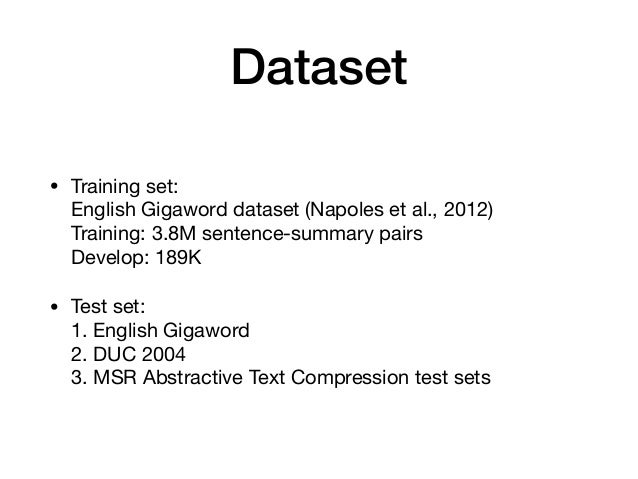

Furthermore, in Broca's area, an interaction effect revealed a load effect for ungrammatical word strings but not for sentences.

During maintenance, it was sentence structure as contrasted with ungrammatical word strings that led to activation decrease in Broca's area, SMA, and parietal regions. The encoding of sentence material, as compared with the encoding of ungrammatical word strings, recruited not only inferior frontal (BA 47) and anterior temporal language-related areas but also the medial-temporal lobe, which is not classically reported for language tasks.

The goal of the current fMRI study was to specify the brain mechanisms underlying the sentence superiority effect during encoding and during maintenance in working memory by manipulating syntactic structure and working memory load. Yet, it is unclear how higher-order linguistic information facilitates verbal working memory and how this is implemented in the neural system. Sentences are easier to memorize than ungrammatical word strings, a phenomenon known as the sentence superiority effect.


 0 kommentar(er)
0 kommentar(er)
